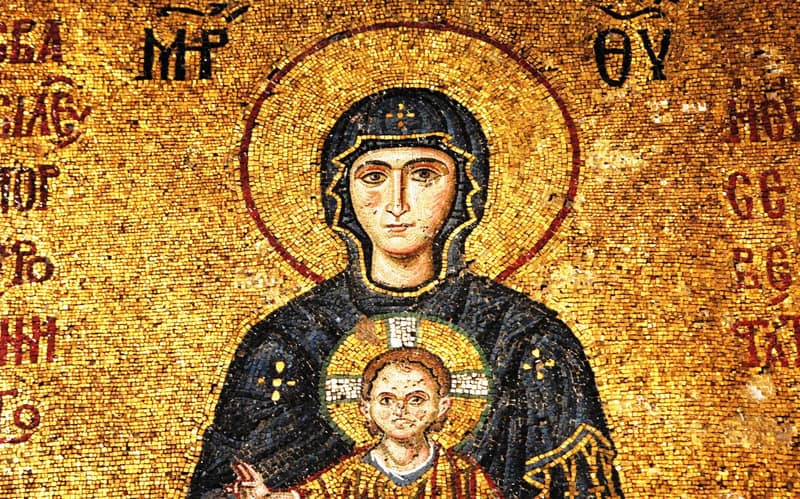1 Corinthians 15 is the earliest writing we have that mentions Jesus’s resurrection appearances, and Paul uses the Greek word ὤφθη (ophthe) which is commonly translated in English as “appeared”. I was looking into how the Bible authors used this word the other dayand came across something surprising which I thought I’d share.
Christians after Jesus gradually evolved a number of stories supporting the idea that he was the son of David in the absence of any supporting evidence. It is supposition gradually solidified in the re-telling. This also explains why the genealogies contradict each other and why the virgin birth stories co-exist with the son of David stories.
(Image Credit: iStock/HHakim) Recently, I was privileged to be invited to participate in a discussion with a group of Christians.…
This is an excerpt from Evidence Considered: A Response to Evidence for God. Evidence for God is a book edited by William Dembski and Michael Licona that presents fifty arguments for faith from the Bible, history, philosophy, and science. In this excerpt, I respond to the twenty-seventh chapter by Richard Spencer entitled: “Intelligent, Optimal, and Divine Design.” This is one of the chapters in the section of the book on the question of Jesus.
Photo Credit: Public domain, via Wikimedia Commons This post continues the series that considers Habermas and Licona’s The Case for…
I have a huge affection for G. A. Wells’s book Cutting Jesus Down to Size. It was the book I…
Image Credit: Public domain, via Wikimedia Commons This post continues the series that considers Habermas and Licona’s The Case for…
Image Credit: Corinth, Temple of Apollo [CC BY 2.0], via Wikimedia Commons My previous series considered Evidence for God: 50…
Image Credit: Public Domain via Wikimedia In this post, I will pull together the various threads to summarize why the…
My previous post began an attempt to look at the historicity of the resurrection, or at least to weigh the…

